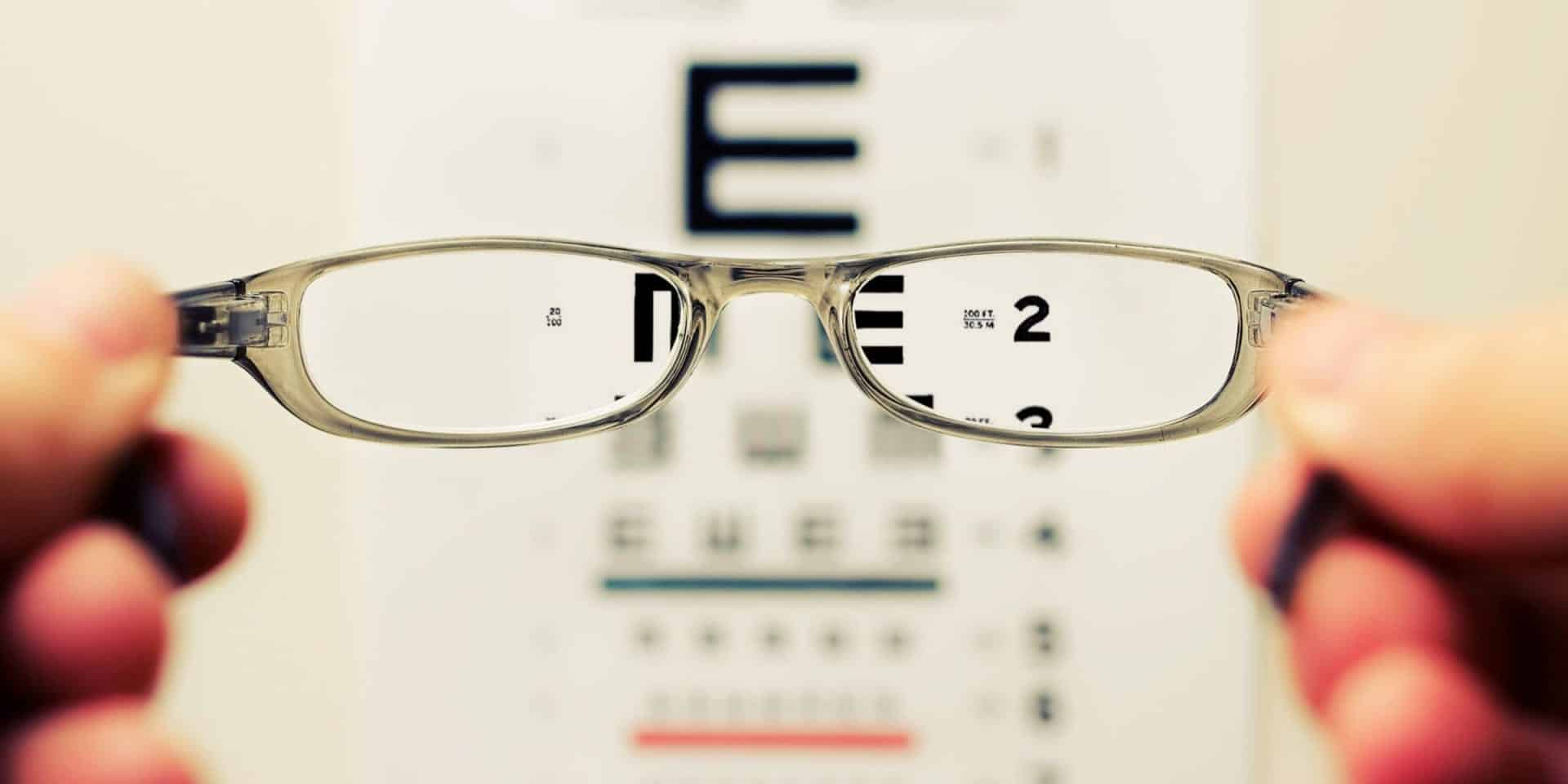You may have myopia if you find yourself peering or struggling to see distant objects. Myopia, also known as nearsightedness, occurs when the cornea’s structure or the eyeball’s length causes the eye to focus light inaccurately. The result is vision impairment. Myopic individuals may also suffer from migraines and eye strain. Undiagnosed myopia can be especially detrimental to children, who may experience academic setbacks because they cannot see the board.
Contact lenses and glasses can correct your vision.
Both eyeglasses and contact lenses can be used to correct myopia. While neither option will remedy myopia, your vision will be clear while you wear spectacles or contacts.
The most common and straightforward treatment for myopia is spectacles. Spectacles aid in bending light so that images can be focused on the retina. Myopia can also be treated with contacts. There are numerous varieties of contact lenses, such as flexible, rigid, and hybrid lenses.
The choice between spectacles and contacts is influenced by numerous factors, including:
- Daily activity: If you perform sports or engage in a great deal of outdoor activity, contact lenses may give you more freedom; you won’t have to worry about breaking or losing your spectacles.
- Eye health: If you have certain eye conditions, such as dry eyes or eye sensitivities, eyewear may be more comfortable than contact lenses.
- Myopia degree: Different degrees of myopia can exist in each eye. If you have distinct levels of myopia in each eye, it can be hard to adjust to spectacles. Contact lenses are the superior option.
- Price: Depending on your insurance coverage, one option may be less costly than the other. Considering that both glasses and contacts can enhance your vision, it is essential to determine which option fits your budget best — this may be the deciding factor for you.
Surgery can permanently cure myopia.
Unlike spectacles or contacts, surgery can correct myopia, allowing you to see plainly without aid. Several surgical procedures are available to treat myopia, including:
- Laser-assisted in-situ keratomileusis (LASIK)
- Photorefractive keratectomy (PRK)
- Small incision lenticule extraction (SMILE)
These surgical procedures alter the cornea’s shape. This lets light focus properly within your eye, allowing you to see distinctly.
Surgery may be a viable option depending on the severity of your myopia or the presence of other eye conditions, such as cataracts. However, among the disadvantages of surgery are:
- Expensive: Depending on your insurance coverage, a portion or all of the surgery may not be covered. In addition to the surgery itself, additional costs exist, such as doctor visits before and after the procedure.
- Time-consuming: You must attend multiple consultations before and following surgery. You must also factor in recovery time after surgery, which may impact your ability to drive, work, or engage in other activities. Get a list of required appointments from your eyecare team, both before and after surgery. Thus, you can determine whether the procedure will be effective for you.
- Potential complications: All surgical procedures, including these procedures, carry a risk of complications. It is essential to speak with your ophthalmologist about the risks of surgery and the frequency of these complications.
The greatest benefit of surgery is that you will no longer require spectacles or contacts. You will have a clear vision every day! However, this distinct vision is not permanent for all individuals. Your doctor should be able to provide you with an estimate of the long-term efficacy of the surgery. If you are likely to require additional surgery, you should consider other alternatives, such as spectacles or contact lenses.




